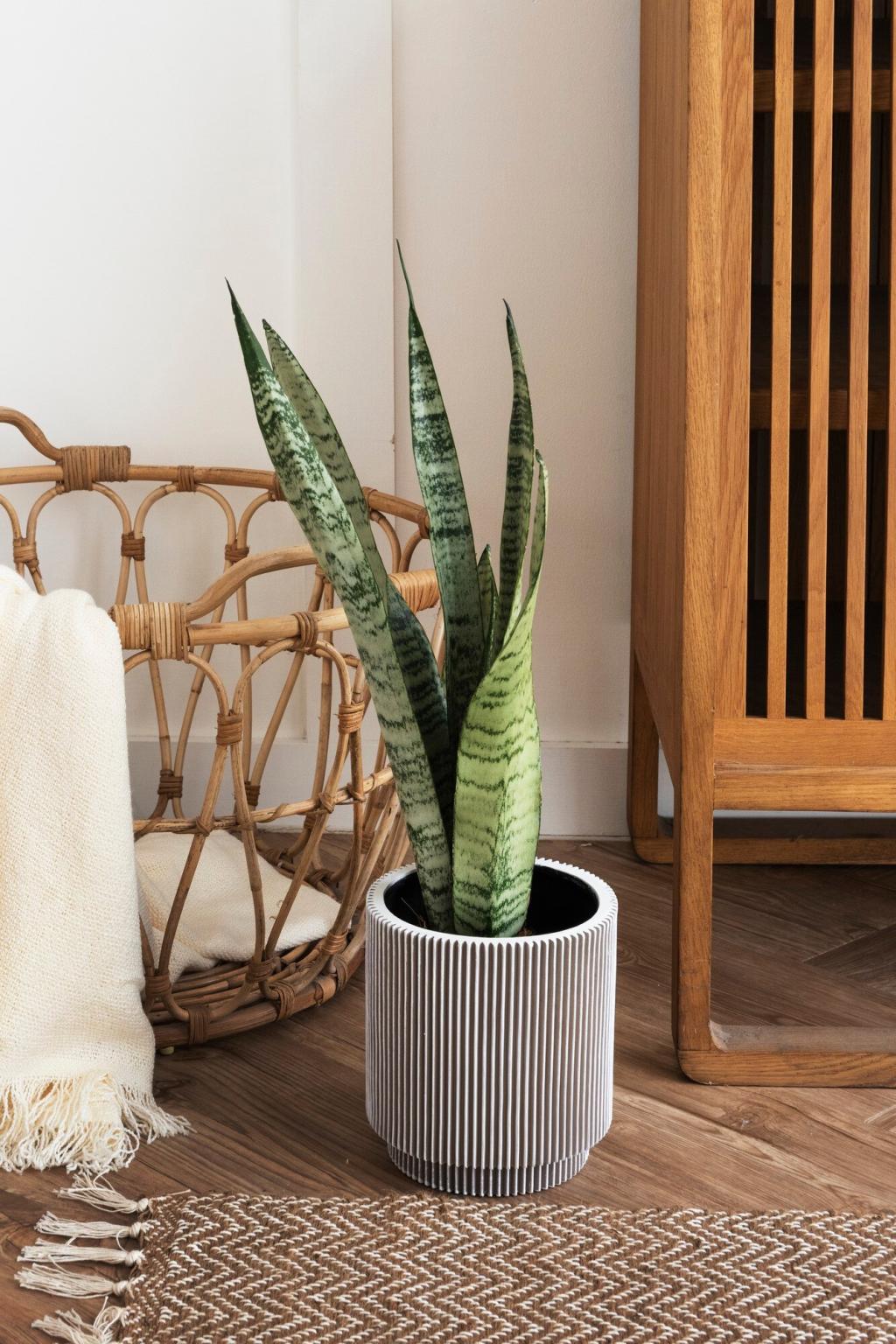
The Rise of Biophilic Design in 2024 Home Interiors
Biophilic design has emerged as a defining trend in home interiors for 2024, blending our innate affinity for nature with modern living spaces. This approach prioritizes natural elements, organic forms, and connections to the outdoors, profoundly impacting how interiors foster wellbeing and sustainability. As people increasingly seek solace and rejuvenation within their homes, the principles of biophilic design are influencing every aspect of residential styling—from architectural elements to furniture choices and decorative accents. This article delves into the evolution, characteristics, and benefits of biophilic design, as well as practical ways it’s transforming contemporary homes in 2024.
Evolution of Biophilic Design in Home Interiors
The theoretical foundations of biophilic design date back to Biologist Edward O. Wilson’s popularization of the term “biophilia” in the 1980s, which described humans’ innate attraction to nature. Initially applied in commercial and institutional architecture, the approach gradually made its way into residential spaces. Designers began to experiment with organic forms, daylight maximization, and the inclusion of living plants to replace sterile, by-the-book interiors. By 2024, biophilic design principles are widely recognized and utilized in home interiors, reflecting both practical lifestyles and aspirations for wellness-driven environments.
Core Elements Shaping Biophilic Interiors in 2024
One of the cornerstones of biophilic interiors is the extensive use of natural materials and rich textures. In 2024, homeowners are gravitating toward sustainably sourced wood, stone, clay, linen, and wool, which not only evoke natural landscapes but also bring tactile warmth and authenticity into living spaces. These materials, when left in organic finishes, introduce visual harmony and imperfection that counteract the sterility of synthetic surfaces. Textures inspired by leaves, bark, or pebble surfaces are increasingly used in wall treatments, floors, and even soft furnishings, reinforcing an immersive, nature-inspired atmosphere.
Plants are foundational to biophilic design, but their role in 2024 goes far beyond decorative accents. Vertical gardens, integrated planters, and green rooftops have found their place in residential design, creating both visual connection and improved air quality. Even small homes are experimenting with kitchen herb walls, moss panels, and hanging foliage that optimize space while fostering relaxation. With the advent of smart irrigation and lighting, even low-light spaces can support lush, biodiverse greenery, turning any corner of the home into a miniature indoor ecosystem.
Access to abundant natural light and fresh air is synonymous with healthier, biophilic interiors. In 2024, strategic placement of windows, skylights, and glass partitions has become standard practice to flood interiors with sunlight throughout the day. Operable doors, sliding screens, and venting skylights enhance airflow, mimicking the gentle rhythms of breezes found in nature. Innovative glazing technologies strike a balance between energy efficiency and openness, while translucent surfaces filter light in a way reminiscent of forest canopies, enveloping spaces in soft, dynamic illumination.
Wellness Benefits of Biophilic Home Design
Psychological and Emotional Wellbeing
Being surrounded by natural elements has a significant impact on emotional state and cognitive performance. Homes designed according to biophilic principles have been shown to reduce stress, lower blood pressure, and enhance mood. Residents often describe feeling more grounded and creative, with fewer episodes of anxiety or fatigue. These environments offer visual calm and encourage mindfulness, as views of greenery, water, and organic shapes provide mental respite from digital overload and urban chaos. As remote work remains prevalent, such psychological advantages are highly prized in daily life.
Improving Physical Health
Natural light, clean air, and living plants collectively elevate the physical health of home inhabitants. Enhanced ventilation systems and operable windows help regulate humidity and reduce allergens, while green walls and indoor trees actively filter toxins from the air. The use of non-toxic, sustainably sourced materials minimizes exposure to harmful chemicals, creating a healthier indoor climate. Proper daylight exposure, supported by circadian lighting, can also improve sleep quality and overall energy levels. These tangible health benefits drive many homeowners to invest in biophilic remodeling projects in 2024.
Cultivating Mindful Living and Sustainability
Biophilic interiors naturally align with sustainable practices, encouraging homeowners to make thoughtful choices in consumption and daily living. The presence of nature-inspired elements prompts occupants to slow down and appreciate their surroundings, reinforcing a sense of mindfulness. Incorporating locally sourced materials, energy-efficient systems, and drought-resistant plants not only lowers the ecological footprint but also fosters a sense of stewardship for the environment. This synergy between personal wellbeing and planetary health is a hallmark of the biophilic design ethos in today’s homes.
